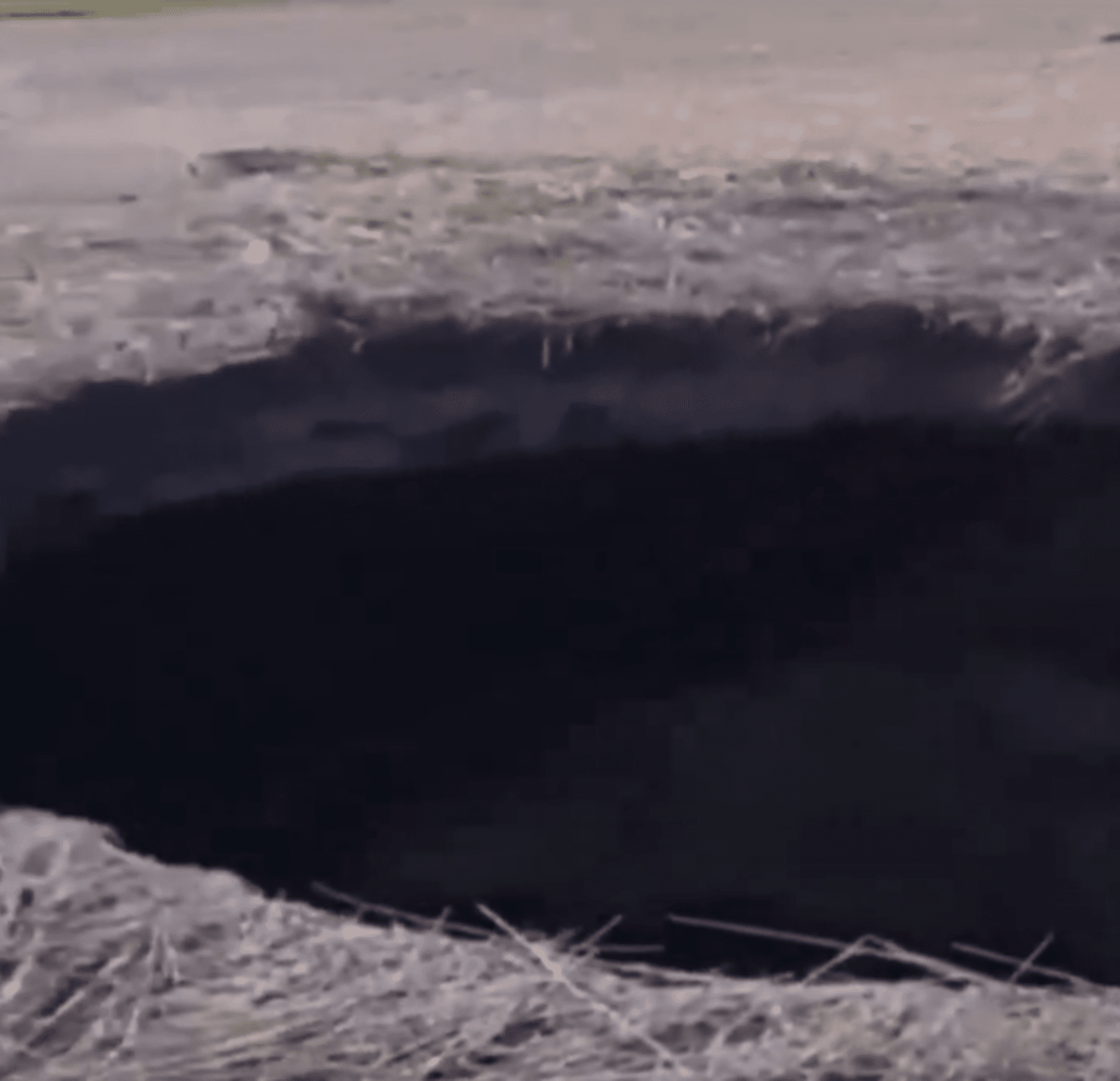One of the most gripping archaeological puzzles of ancient Egypt remains unresolved, as findings from an Italian-led team of geophysicists ended a two-year effort to discover the lost tomb of Queen Nefertiti within King Tutankhamun's tomb.
The Egyptian Ministry of Antiquities announced in a Facebook post on Sunday that it could conclusively deny the existence of hidden rooms behind the walls of the boy king's funeral chamber. Known colloquially as King Tut, the pharaoh ruled from 1332–1323 B.C., taking the throne as a child and dying at age 18. His linen-wrapped mummy was buried in a lavish golden sarcophagus, and the tomb, discovered by British archaeologist Howard Carter in 1922, is the most famous of all the burial sites in Egypt's Valley of the Kings and the source of ongoing fascination, myths and legends.
According to the ministry, a team of Italian geophysicists conducted Ground Penetrating Radar (GPR) studies and analysis that conclusively disproved British Egyptologist Nicholas Reeves's theory, published in 2015, that the 3,000-year-old funeral chamber might conceal the final resting place of one of ancient Egypt's best-known sovereigns.
Queen Nefertiti is believed to be Tutankhamun's mother since she was the principal wife of his father, Pharaoh Akhenaten. Little is known about her besides her reputation as a beautiful, powerful queen. The mystery surrounding her makes the discovery of her lost tomb, which could provide DNA and answers to unresolved questions, all the more appealing to Egyptologists worldwide.

Francesco Porcelli of the Polytechnic University of Turin, an Italian city boasting the world's second-largest collection of Egyptian artifacts after Cairo, presented the findings at the fourth Tutankhamun International Conference in Egypt this weekend.
Porcelli's team did not detect any discontinuity between the natural rock and the man-made walls, nor any sign of a doorway, nor any evidence of void areas behind the funerary chamber's paintings. "It is concluded, with a very high degree of confidence," the ministry quoted Porcelli as saying, "the hypothesis concerning the existence of hidden chambers or corridors adjacent to Tutankhamun's tomb is not supported by the GPR data."
Porcelli's study, the third of its kind, was commissioned to settle conflicting results from two previous studies from a Japanese and an American team. Japanese scientists scanned the walls in early 2016, claiming to have found evidence of two hidden chambers. The antiquities ministry said at the time it was "90 percent" confident of the results, which could have led to "the discovery of the century."
But experts doubted the findings, and after a second study was unable to reproduce the Japanese team's findings, the ministry called for a third survey team to "provide a conclusive response [to] put an end to such debate."
Uncommon Knowledge
Newsweek is committed to challenging conventional wisdom and finding connections in the search for common ground.
Newsweek is committed to challenging conventional wisdom and finding connections in the search for common ground.
About the writer
Sofia Lotto Persio reports mainly on Asia and gender issues for Newsweek. She previously covered international affairs with a specific ... Read more
To read how Newsweek uses AI as a newsroom tool, Click here.








